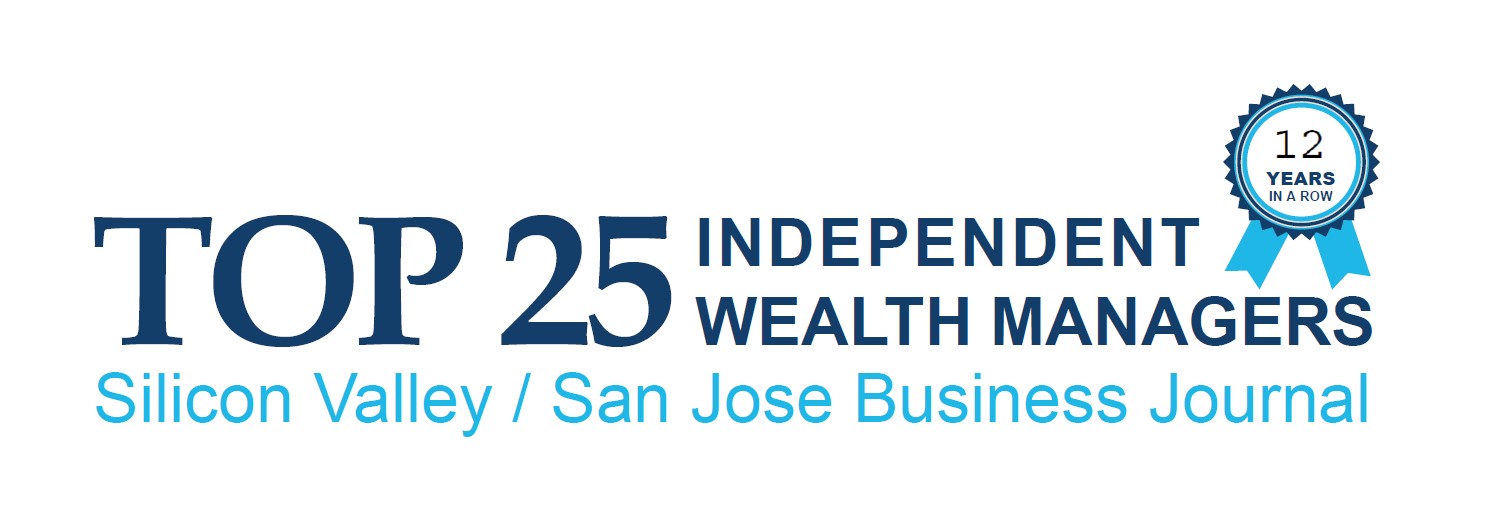Following a near bear market to close out 2018, the S&P 500 posted its best year since 2013. Although the market traded at compelling valuations and a similar setup to prior pauses in global growth, anxiety set the cadence most of the year, keeping cash on the sidelines and the markets primed for a strong capitulation. After heightened fears and an unexpected escalation in the US & China trade war led to 2019’s largest outflow from stocks in the late summer months, the market came surging back in Q4 as better than feared corporate earnings and forward guidance caught many investors underexposed from overly bearish positioning.
December’s Phase 1 agreement between the US and China further reduced global trade tensions, driving the market higher on hopes that a reacceleration of global economic growth could begin to take hold in 2020. Both sides are self-interested to continue projecting an image of progress to improve sentiment, and as part of a Phase 1 deal have agreed to an ongoing semiannual summit to discuss improprieties in trade and foster cooperation between the two most powerful economies. The USMCA also offers a potential respite for global trade tensions, having recently passed from the House to the Senate where it awaits scheduling to be voted on. With two of the major trade war theaters simmering- for now- eyes are on the White House for potential follow through on tariff threats against the E.U. during the first half of the year.
In October, the Federal Reserve lowered the Fed Funds rate to 1.5% and signaled a “wait and see” approach for Q1. The Fed commonly stays on pause during election years to avoid influencing election outcomes, and we expect this will again be the case in 2020. Nevertheless, the Fed is continuing easing through the purchase of longer maturity bonds in the open market, providing liquidity and lower rates through expansion of their own holdings.
The most pressing and volatility-inducing event remains the 2020 US General Election. Traditionally, the advantage of incumbency lends to routine reelection where one needs only to stay the course and carefully choreograph the timing of key policy wins around important dates. But President Trump’s ascendance to office and his term has been anything but traditional, and this race may introduce more volatility than usual depending on who is named the official candidate at the Democratic National Convention in July. This picture should become clearer following the Iowa caucus on February 3rd and Super Tuesday on March 3rd, an event which has determined 17 out of 18 eventual nominees since 1984.
While the presidential election typically garners the most attention, states and municipalities will also be voting on a multitude of issues that impact the economy and future investment opportunities, including, including infrastructure investment, recreational marijuana legalization, housing accessibility, and taxation reforms. As of now, the final composition of the US House and US Senate compositions are not expected to fluctuate much, and the US is likely set for another two years of perpetual gridlock, leaving House Democrats’ efforts to remove the president dead on arrival.
We feel that 2020 is an economic recovery year, and like other economic recovery years, we expect positive equity returns. However, the unusual circumstances surrounding this presidential election and the candidates will create unusual volatility in the market, which will offer investment opportunities. Regardless of market volatility, the secular themes which transformed the world in the past decade- automation, artificial intelligence, and enhanced computerization- will continue developing at an ever-increasing pace into the next decade. While the political, cyclical, and external threats remain, there is little doubt that, regardless of market fluctuations, technological evolution will remain an economic tailwind for the decade to come.








